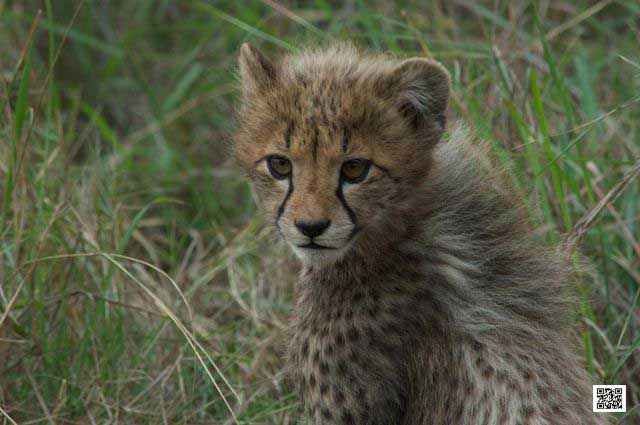henri cartier bresson
Henri Cartier-Bresson on Wildlife Photography?
01/05/13 15:32 Filed in: Wildlife Photography Courses

“For me photography was a mean of drawing and that’s all. Immediate sketch, done with intuition and you can’t correct it. If you have to correct it, it’s a next picture. “ (Henri Cartier-Bresson, The Decisive Moment)
Henri Cartier-Bresson is considered to be the father of modern photojournalism, yet photojournalism has a lot in common with wildlife photography. When you are on a photographic safari in the Masai Mara in Kenya with a wildlife photography course assignment photographing movement and you luckily come across a hunting lion, do you think you can ask the lion to do it again, because you are not happy with the photo? Of course not, the moment is gone, just like in photojournalism. Your next picture captures or draws a new moment and just be always ready for the moments that might come.
Wildlife photography done during team building photographic safaris shows even how an entire group of people can align during a few game drives to be in some kind of same flow of immediate sketches telling the story of a day of wildlife photography and at the same time the story of the people, the photographers.
The sketches are the photos and they show the subject and the photographer at that very moment, ready or not for the hunting lion or the man on the street making a certain gesture.
“Life is once, forever” (Henri Cartier-Bresson) also in wildlife photography.
Enjoy the moment.
Happy snapping!
Ute Sonnenberg for www.rohoyachui.com
Henri Cartier Bresson: A Photo Offers Itself.
27/08/12 12:17 Filed in: Photography & Art

A photograph is neither taken nor seized by force. It offers itself up. It is the photo that takes you. One must not take photos. (Henri Cartier-Bresson)
You might have experienced walking with your camera in a forest, on a beach or in a city and suddenly you see it, take up your camera and shoot. It’s like a composition hits you. Or you suddenly have the feeling you need to turn around and there it is, the photo, the wonderful sunset that made you turn around, although you didn’t see it, it made you turn around, the photo tapped on your shoulder, it offered itself to you and you love it. Its that kind of photo we call a “perfect photo”.
Essentially it is the light that creates the photo and your role is to listen, see and press the shutter.
Sit still and sense what photo is tapping on your shoulder right now. Look at it.
Ute Sonnenberg for www.rohoyachui.com